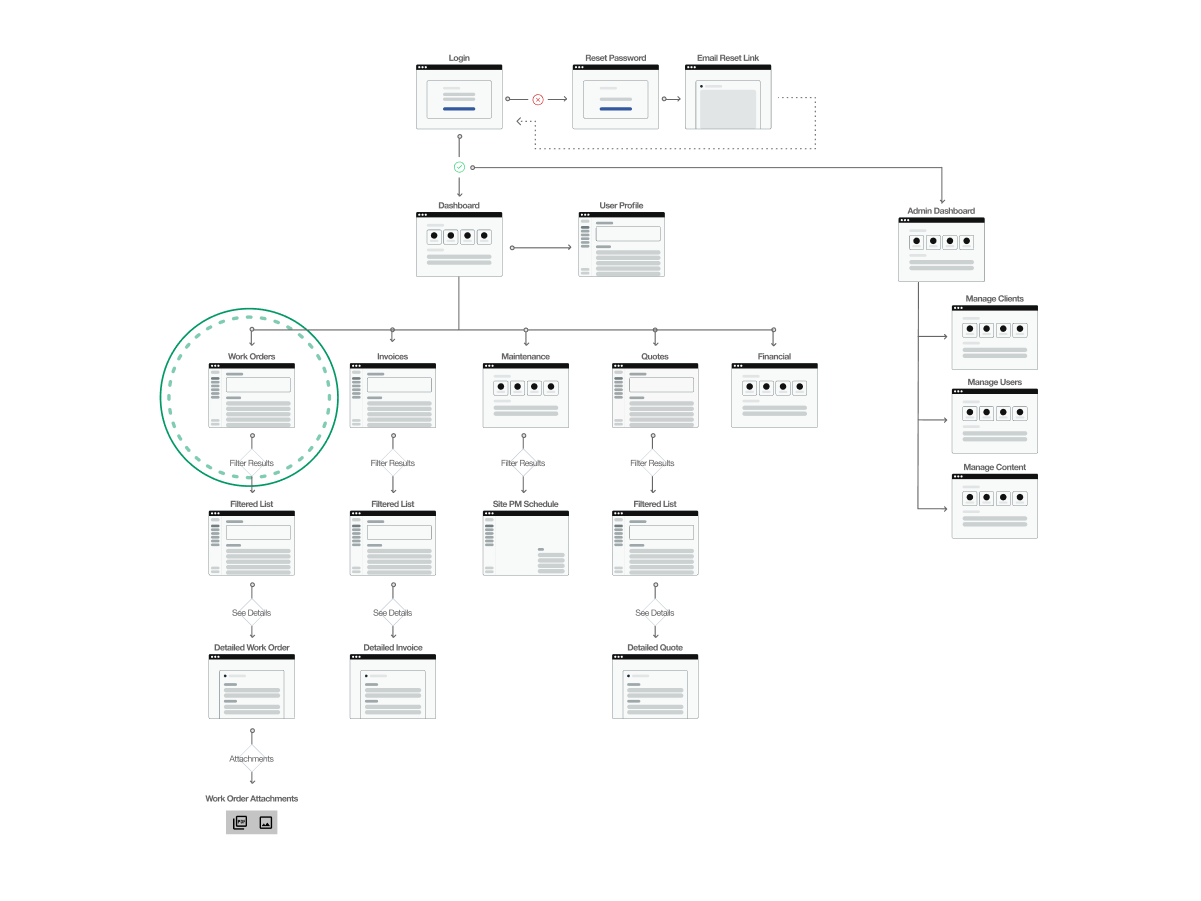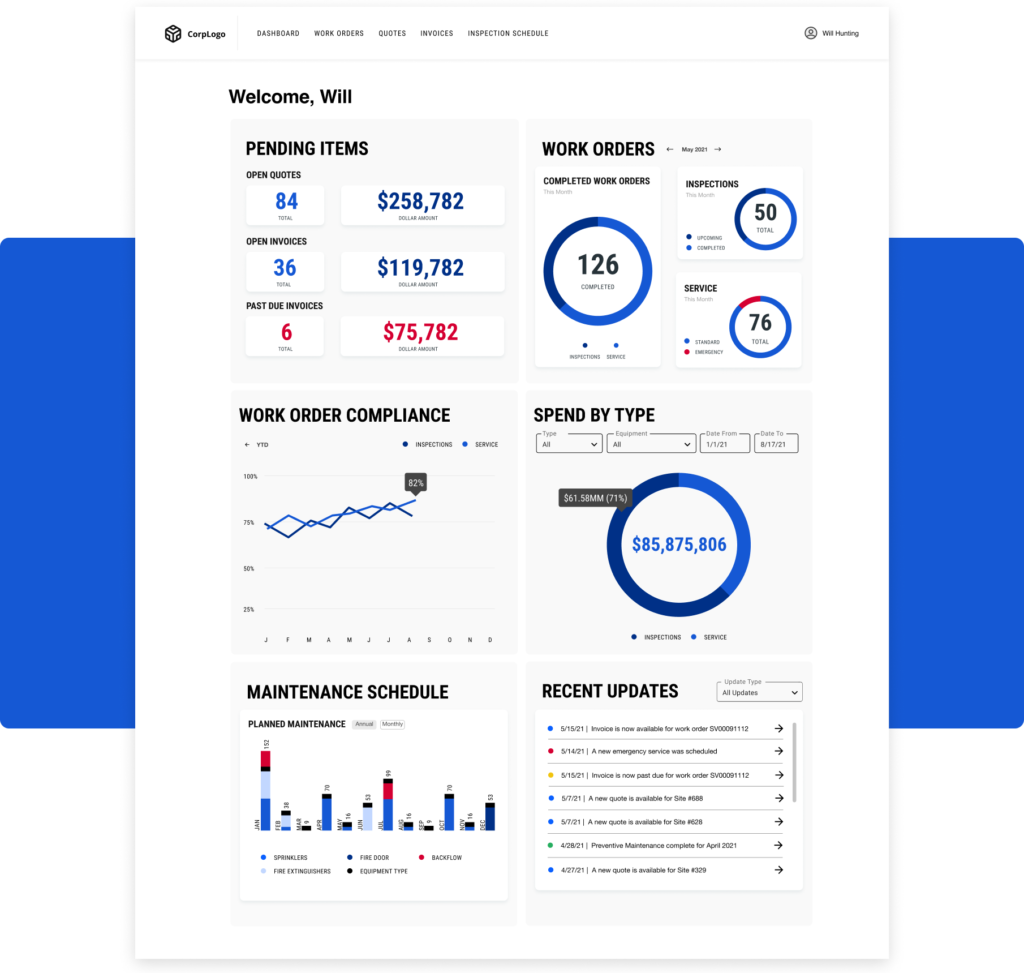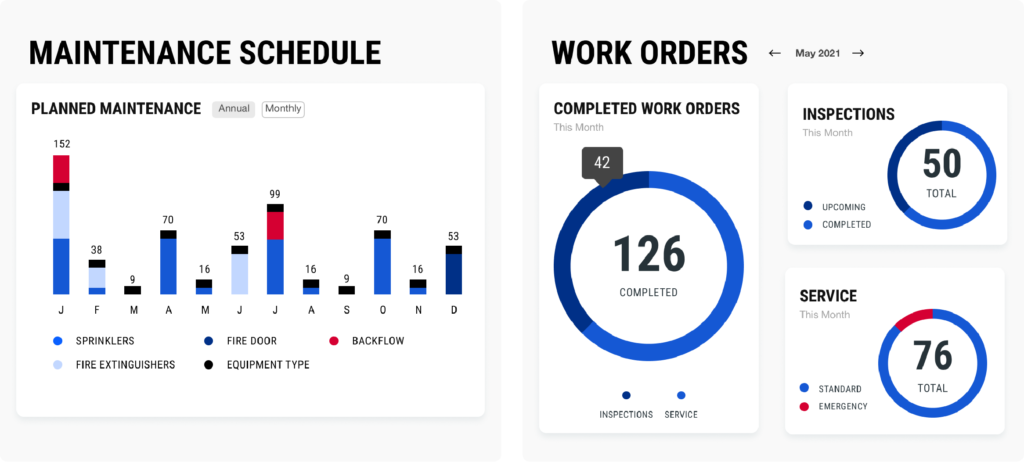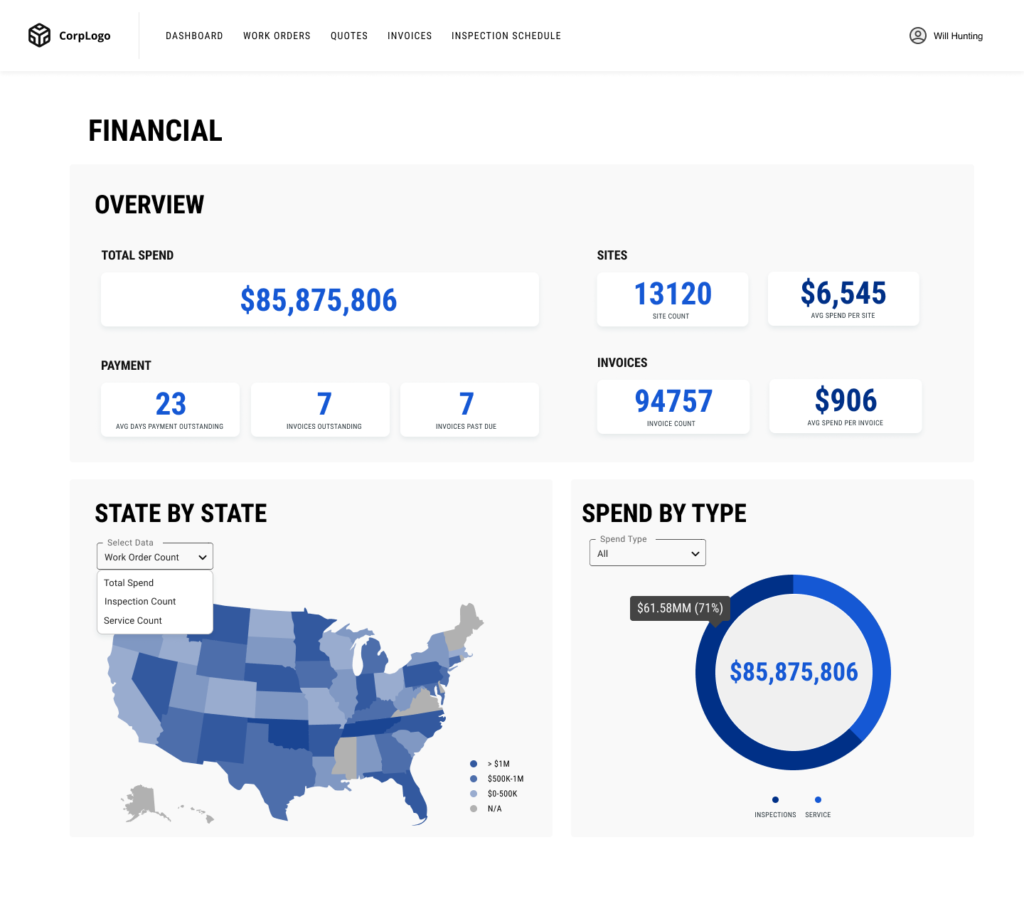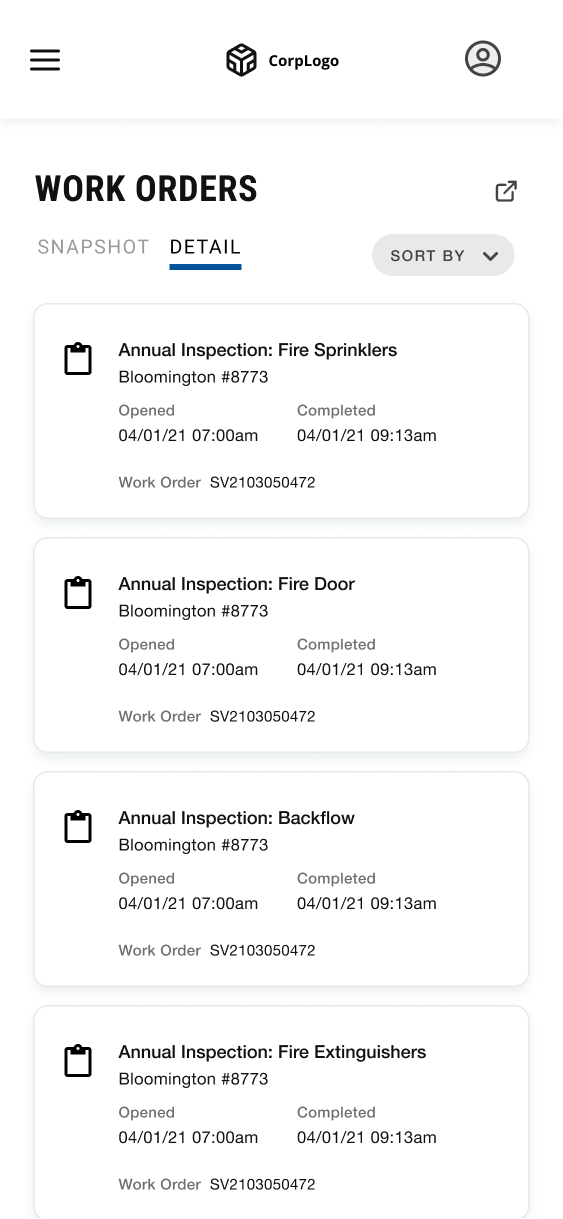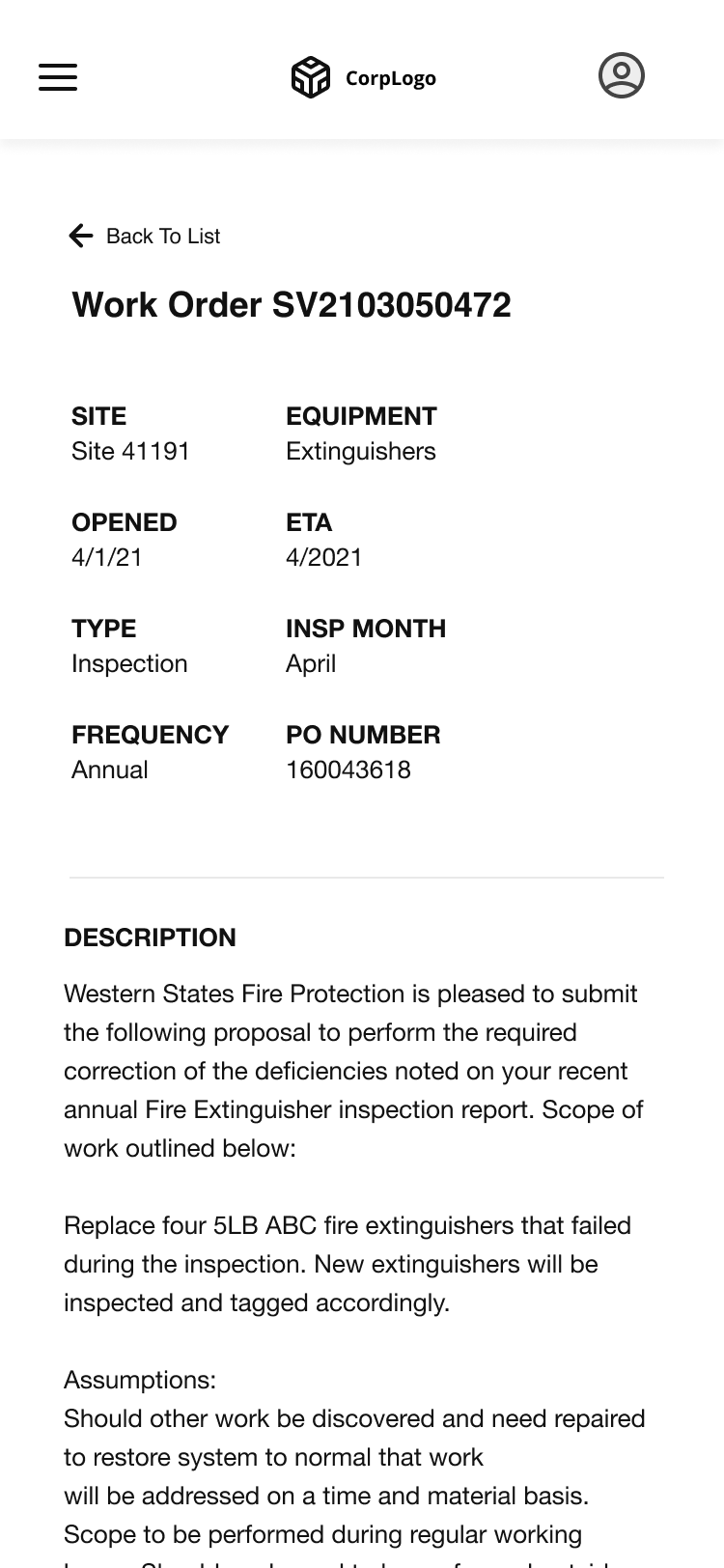An end-to-end solution to give users access to account data in real time
SUMMARY
I led the UX design on a portal that increased revenue by over $2MM, and lowered overhead costs by 25%.
Background
My Involvement
- Lead UX Designer
Timeline
- 7 Months (2021)
A Need to Modernize
Customers were asking for a better process. The old method of calling or emailing, and waiting around for a response was tiring. Instead, users wanted a way to self-service. How could we provide all the information they needed in one place? What pieces of data are most requested? What types of portals are customers accustom to using?
Customers had spoken out, and throughout the user research (conducted by another firm), I kept seeing the same themes. Specifically, I wanted to focus on these three:
THEME:
Help me save time.
THEME:
Give me more visibility.
THEME:
Help me anticipate.
Creating a Structure
Designing With Insights & Assumptions
With a site map in place I designed wireframes to test a few key ideas and get feedback from our engineers and stakeholders. Specifically, I was looking to see if the designs were feasible from engineering, and if they aligned with business and user needs from stakeholders. I designed with a few assumptions, which would later need to be clarified by users.
Assumption:
Users are most concerned with upcoming maintenance at their facilities.
Assumption:
We could create one set of universal filters that would apply to all users (ie search by region)
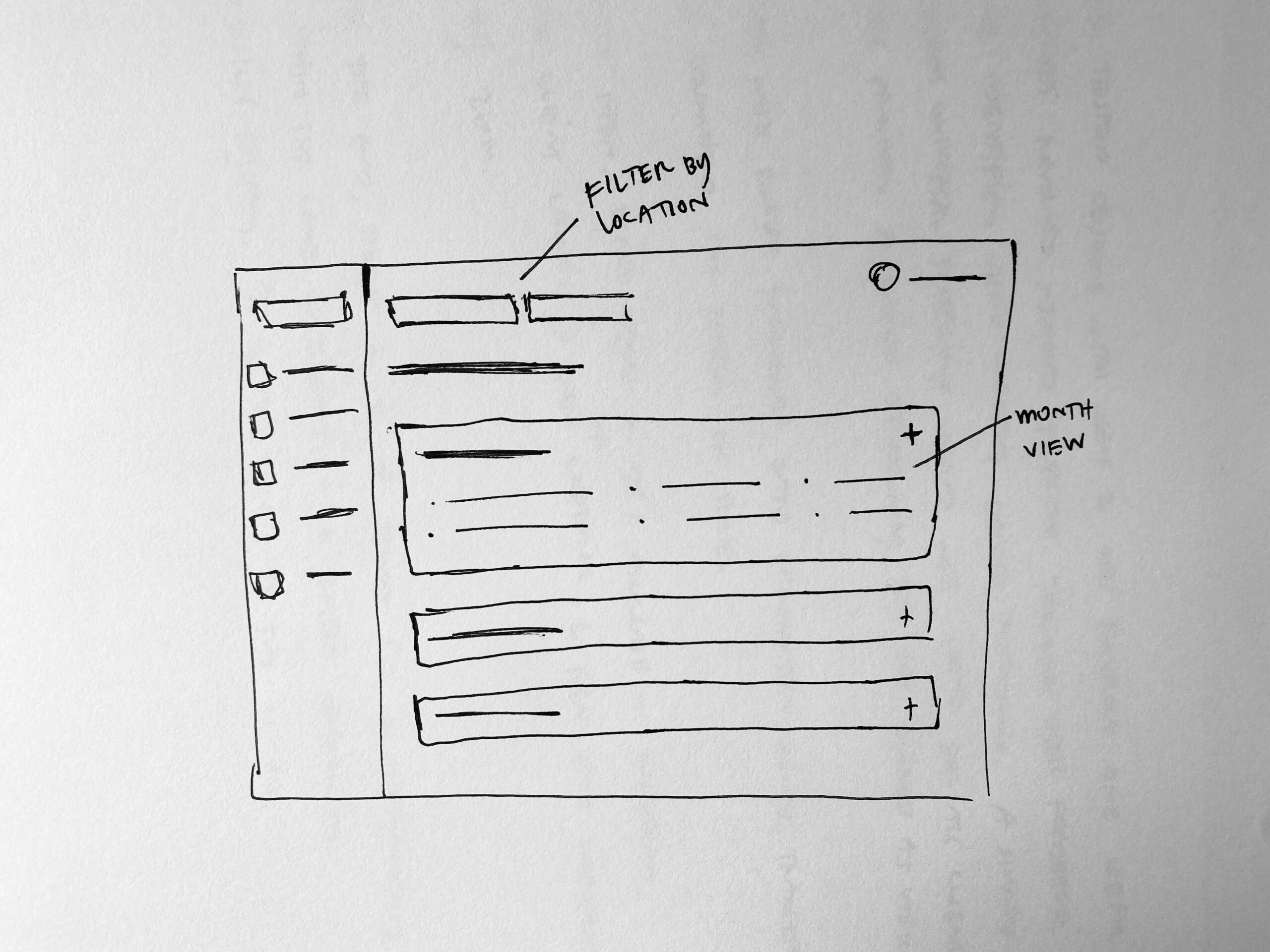
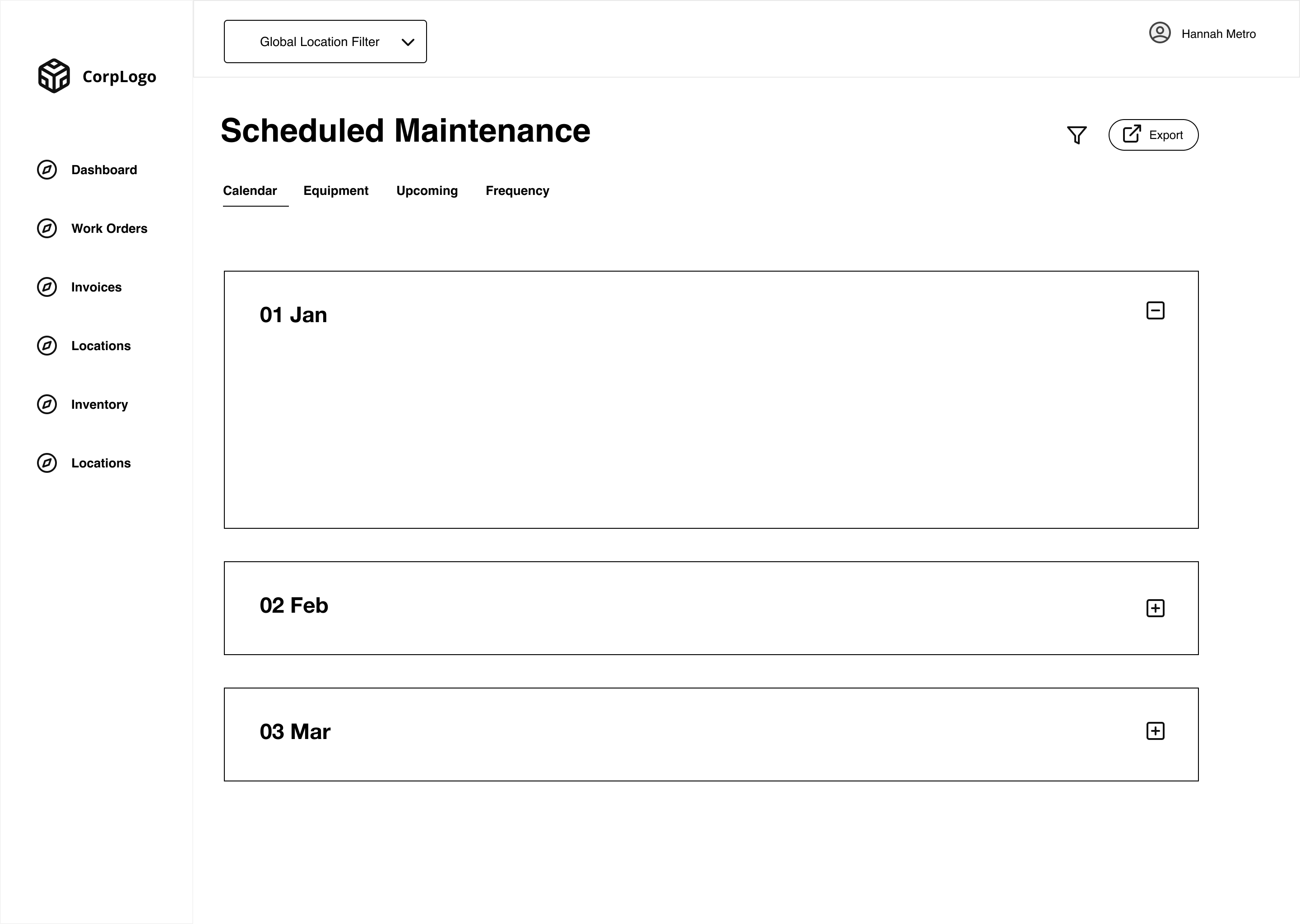
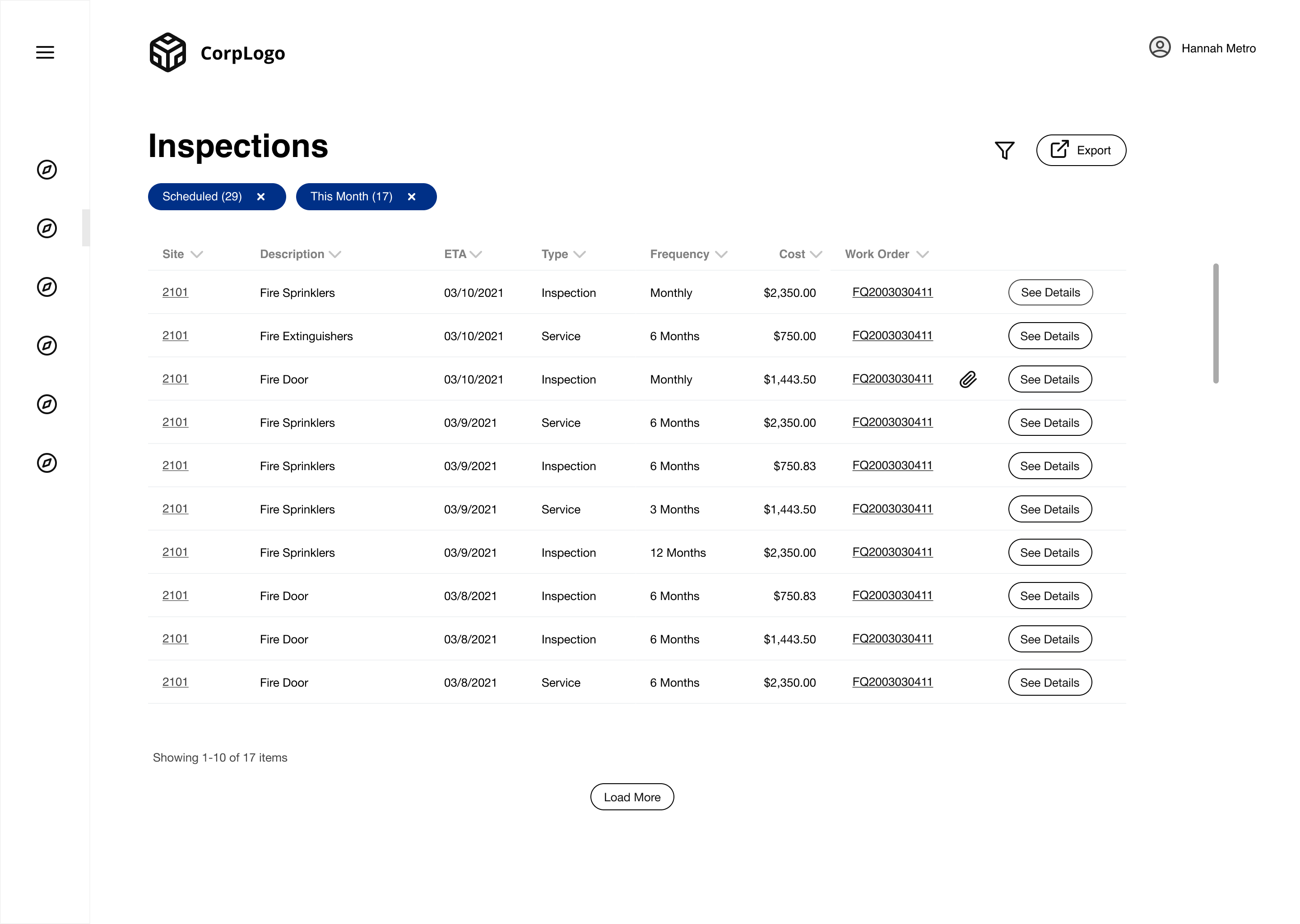
Bringing The Idea to Life
To bring the idea to life, give context to stakeholders, and provide a foundation for user testing, I built a complex prototype. As the design matured throughout the project, I maintained a working prototype as reference for both the business and engineers.
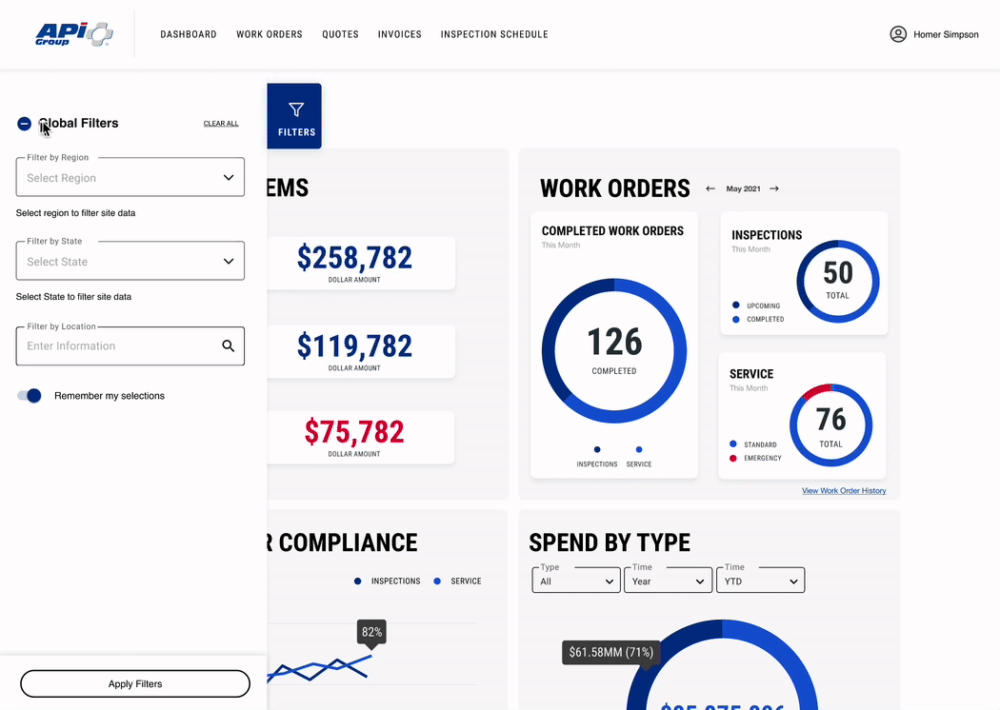
Asking Users For Feedback
I felt fairly confident in our direction for the visual design and overall experience, but I wanted to test the prototype with users. Specifically, our team needed clarity on user preferences for things like filtering data, and use cases for downloading attachments. Each feature would require significant lift from engineers, so we needed to be sure users actually had a preference.
After a series of moderated user interviews, I discovered:
Finding:
Having an option to bulk export data tables would be especially helpful for safety audits. Users often needed a quick way to export large amounts of documents in a short amount of time.
Finding:
Universal filtering would not work for all brands. Instead, customers wanted ways to filter to their specific company. ie filter by hotel brand. This provided an opportunity for the business as well.
I used the findings to inform stakeholders and bring clarity to issues that were previously ambiguous.
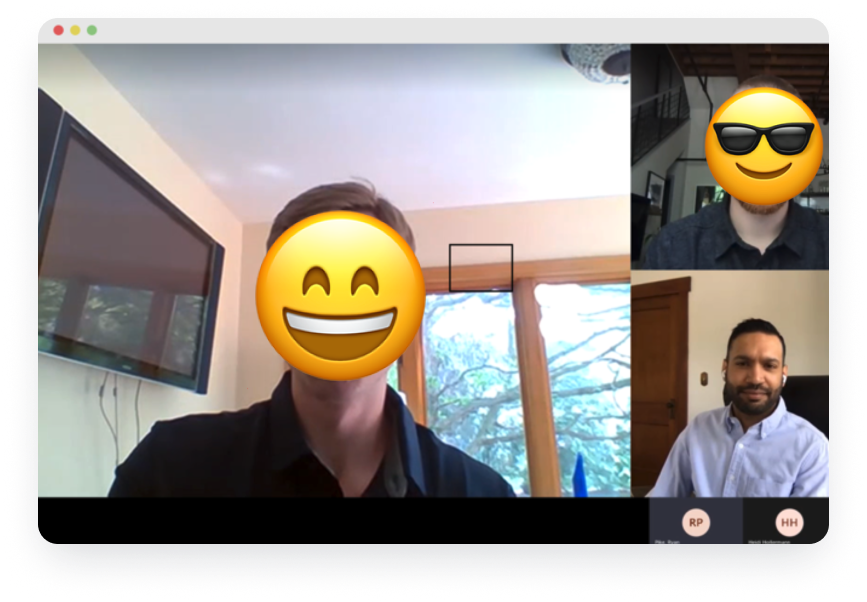
The Final Solution
With no existing design system or guidance, I created the visual direction by taking elements of the brand and existing website. The portal was built and delivered on time, and most importantly helped users attain self-service, maintain visibility, and save time.
Mobile Design
With all designs I had to make considerations for mobile-use. For some pages this meant converting tables into cards, for example. This allows users who are on-the-go to be able to access information at any job site.
Measuring Our Impact
25
1
+2
Lessons Learned
- With more time I would’ve built a more comprehensive design system. This would save on any back-and-forth with developers, and make it easy for future designers to iterate on this project.
- I would improve the integration of design and the Agile process. Ideally, it would’ve been nice to have more time to collaborate and iterate before sprints started.
